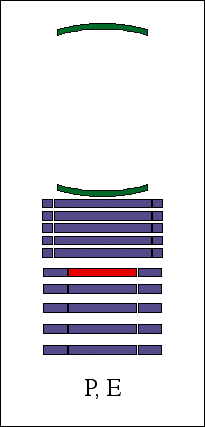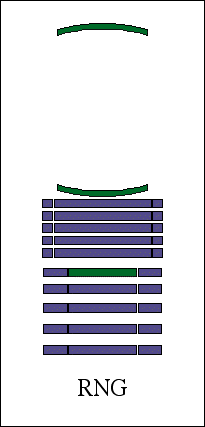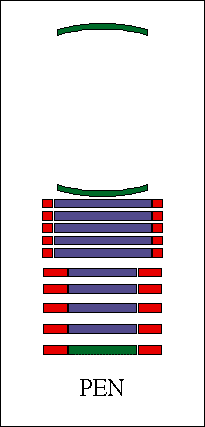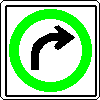





The above diagrams represent the P/E, RNG, and PEN logic as defined for most of 1999, during the first attempt to enable acceptance of RNG and PEN helium events. The equations for P/E, RNG, and PEN events are:
|
Event type |
Coincidence equation |
|
P, E |
P1.P2.P4* |
|
RNG |
P1.P2.P4 |
|
PEN |
P1.P2.P8.AL* |
The buffers into which "orderly" events can fall are as follows:
|
Range |
No guards triggered |
Low, not high guard triggered |
High guard triggered |
|
P1 |
NONE |
NONE |
NONE |
|
P1 through P2 |
P/E |
P/E |
P/E |
|
P1 through P3 |
P/E |
P/E |
P/E |
|
P1 through P4, P5, P6, or P7 |
RNG |
RNG |
RNG |
|
P1 through P8 |
RNG, PEN |
RNG |
RNG |
The P3 center/guard crosstalk problem can be worked around for protons by accepting PHI events with the low guard triggered, without changing the rejection of all guard-trigger events for RNG and PEN. However, helium ions up to several hundred MeV per nucleon deposit enough energy in the front wafer of the P3 stack (which is the one we think is causing the problem) to trigger the low guard threshold. This is well past the PLO/PHI energy range for helium, so early in 1999 the RNG equation was changed to accept guard-triggered events for the first time since the test of 92357-93023. Unfortunately, the helium energy required to drop dE/dx below the limit that causes the crosstalk problem is well into the penetrating range, and at the same time an AL* term was added into the PEN coincidence equation for the first time ever. Thus we still don't get valid penetrating helium events in the PEN rate if our intermittent crosstalk problem is acting up. However, this command state does solve the PEN guard event problem, since penetrating events with guard triggers are counted in the RNG rate and output in the RNG buffer, so we can correct for them in flux calculations (with the exception of the test period mentioned above, they have always been counted in the PEN rate but not output in any buffer).
 To
next command state (99271-present)
To
next command state (99271-present) Back
to top of PET Modes
Back
to top of PET Modes Back
to top of Data Pages
Back
to top of Data Pagesnew 6 August 1999, revised 7 January 2000